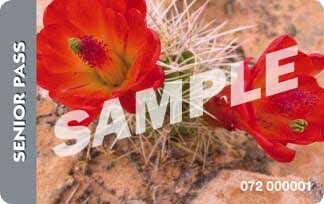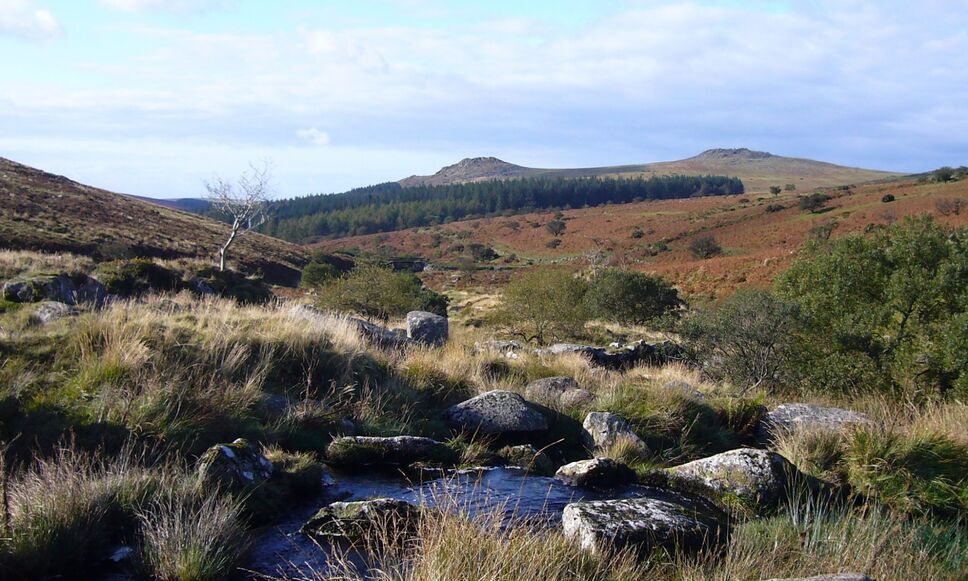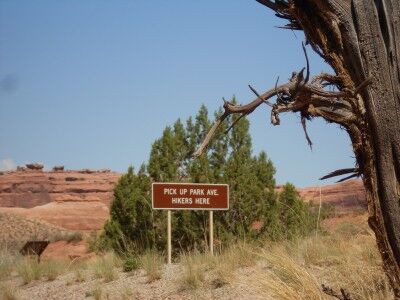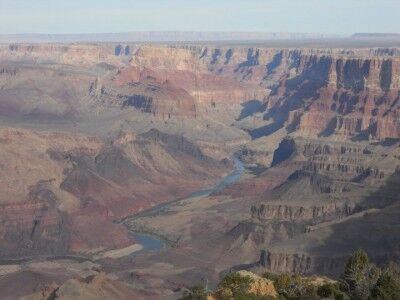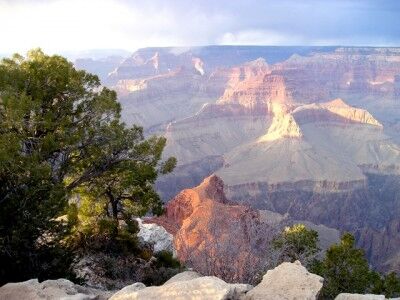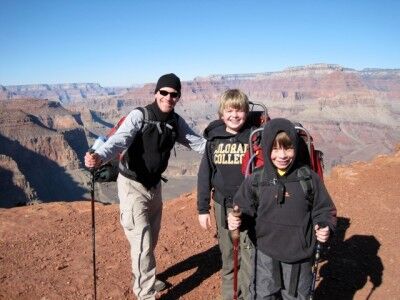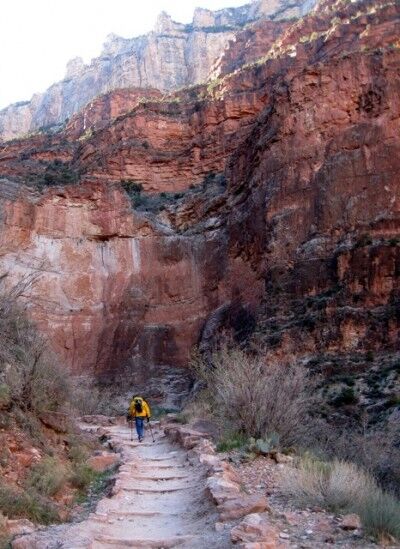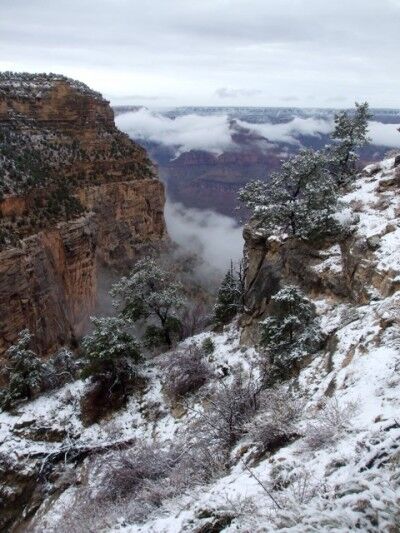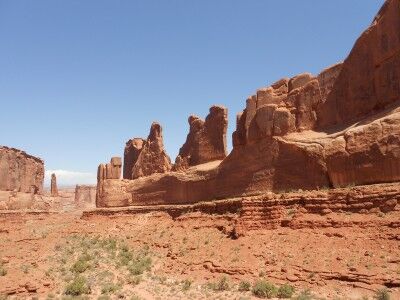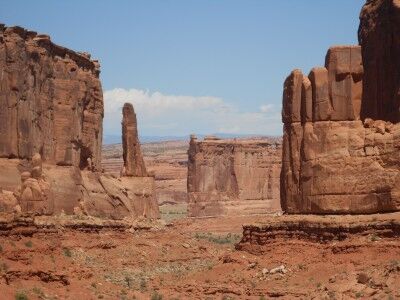By Kristen Lummis (enjoy her blog Brave Ski Mom, like her on facebook or follow her on twitter @BraveSkiMom)
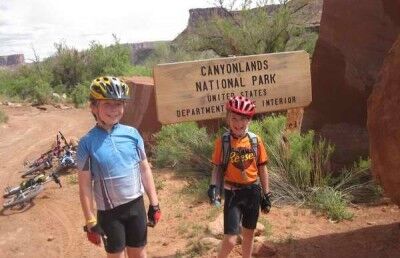
We were partway up the Schafer Wall along the 100 mile White Rim Road in Canyonlands National Park. It was our third day of mountain biking and our 11 year-old son was exhausted.
When we’d started out two days earlier from the Mineral Bottom staging area, we were a group of three families, clean, shiny and enthusiastic. A motley bunch, we consisted of a mom who is an adaptive cyclist, a dad pulling his little ones behind his road bike, two trucks (one of which had hand controls for the adaptive mom), too much gear, but just the right amount of beer, and 7 kids ranging in age from 2-13. For our family alone, it was our first time on the White Rim.
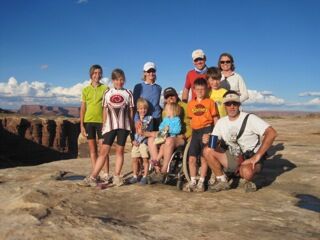
Living in Western Colorado, we had been waiting for the right time to take our family on this famous mountain biking adventure. We have friends who ride the White Rim annually, and they’d encouraged us to get a permit. We love to camp, we love to bike and we love the desert. A perfect fit, no? But we had put it off, mostly because we weren’t sure how to do it. Then our neighbor got a permit. Suddenly, it was the right time.
We had our choice of May or October. Luckily, we chose May, for just a few months later the Mineral Bottom portion of the road would washout in the summer monsoon, closing the complete White Rim circuit for nearly seven months.
So here we were on the Schafer Wall. No longer shiny, definitely not clean and losing enthusiasm. We could see my husband and our 13 year-old son ahead of us, but we couldn’t gain on them. For the past hour or so, I’d been on and off my bike, riding with my younger son at his pace and resting when he needed to rest. One by one, the other kids had abandoned their bikes for the trucks. First, we lost the little ones on the tagalong. Next the nine year-old and one of the 12 year-olds opted for the cool comfort of the sag wagon. My son and I were just a handful of turns from the top when he cried “uncle.”
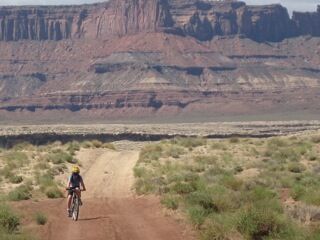
As I loaded his bike, he climbed into the truck. I knew from his face that he was disappointed. Steep, with seemingly endless switchbacks, it could have been a stretch for him on a cool, temperate day. This day was hot; he was flushed and thirsty and hadn’t had enough sleep over the past two nights. With him safely in the truck, I rode off, torn between disappointment for him and my desire to kick this mesa’s butt on his behalf. I am happy to say I did the latter.
As we met up at trail’s end, everyone was smiling. Even my son, who had looked so close to tears 20 minutes before was excited and proud. We came, we rode and we had definitely conquered. For the White Rim isn’t about riding every mile. It’s about pushing yourself in one of God’s most gorgeous landscapes. It’s about playing in the sand and climbing rocks. It’s about camping out with friends, eating too much, and getting away from electronic technology. None of us rode every mile. None of us conquered each hill. But we each pushed ourselves to our personal limits and had a darn good time along the way.

When To Go: Fall and spring are prime biking seasons on the White Rim. Located in Utah’s Canyonlands National Park, the National Park Service requires and enforces permits for overnight use. Reservations for the upcoming year begin in July of the current year (i.e. issuance of permits for 2012 began on July 11, 2011). More information on applying for a permit can be found at this link.
Four-wheel drive vehicles are allowed on the road, but ATV’s and non-street legal dirt bikes are not. There is no water along the route and the limited campsites are assigned with your permit.
While the road is rough, rocky, sandy and in some places, quite steep, it’s not technical and is all double-track.
Enjoy!
